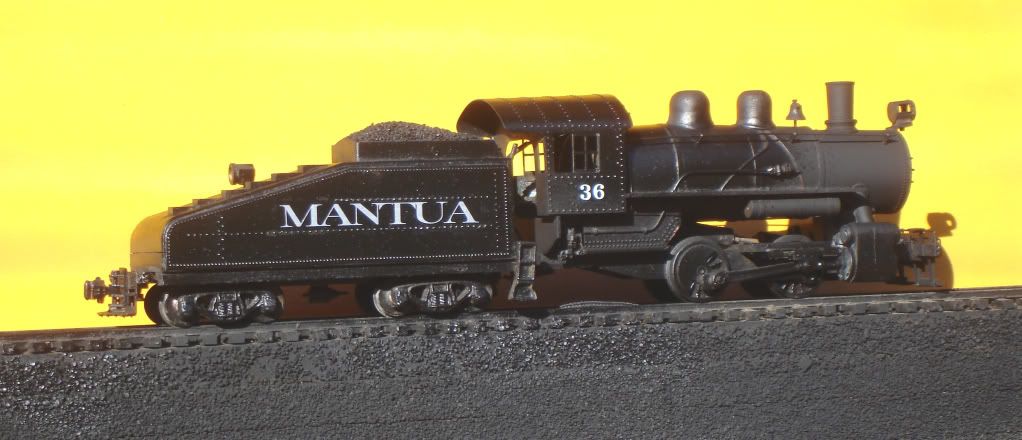In O scale we tend to "think big" when the subject of curve radii comes up, 60" plus seems about "minimum". Obviously large 2-10-4 or large articulated locomotive need that or more. I don't know why we do this as most of us, if we do have a layout at all, can't get that high with the room we have. For you folks out there with an O scale layout in an HO scale space you might think 48" is minimum even with smaller locomotives. When I designed my existing layout, I wanted a peninsula to increase the mainline run and wanted to keep it as narrow as possible to maintain a decent aisle way. 48" radius would make it over 8' wide and 42" 7' etc. How about 36", making it just over 6'. No way any O scale steamer can do it, right? Wrong.
I filmed my unmodified Glacier Park 2-8-0 on a torture track made into a 36" radius "S" curve, code 100, fast track jigs.
The videos are not super but prove the point.
https://www.youtube.com/watch?...ture=em-upload_owner
https://www.youtube.com/watch?...ture=em-upload_owner
https://www.youtube.com/watch?...ture=em-upload_owner
I had decided to do 42" until I tested this locomotive. I also have a Glacier Park 4-6-0 that will do it with a 1/4 longer drawbar and removal of those "plow like" things (?) by the front truck.
Fancy that!!
Peter



